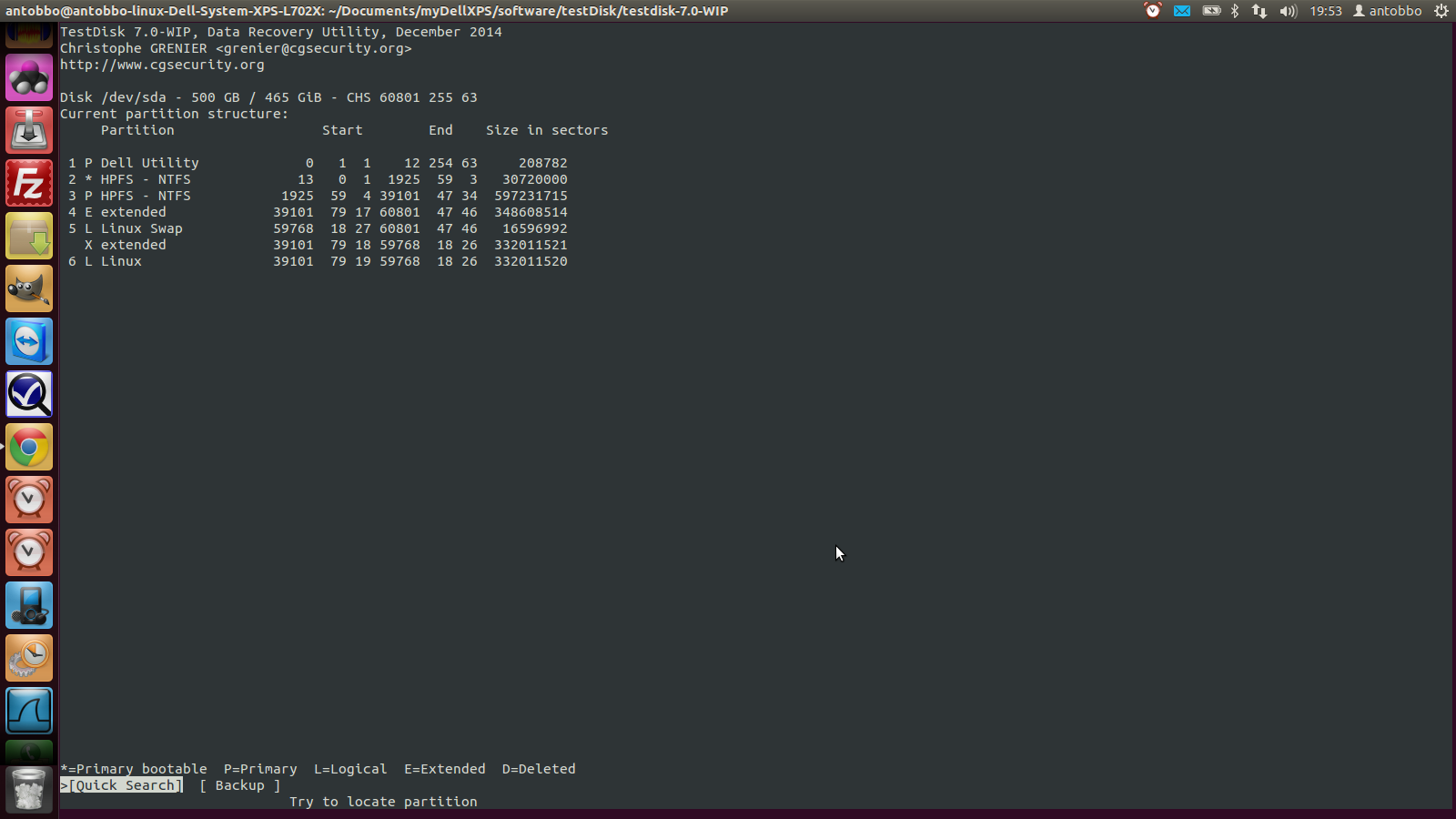HI guys, I need to format andn reinstall windows 7 on my dell xps 17. Two things though: I don't have any windows installation disk - I suppose there will be a windows 7 iso stored by the manufacter somewhere - and it's dual boot as I have linux installed on another partition. Ideally I would like to format just the windows partition and reinstall it, leaving the linux partition untouched. Is that doable? If so, what are the steps I should take (a search on the net wasn't particularly helpful, so if you guys could point me to a good resource I'd be extremely grateful!)
thanks
Violet_82
89
Posting Whiz in Training
Recommended Answers
Jump to PostDoes this dell have a hidden recovery partition that you can use to reinstall Windows?
You should consider wiping the drive clean, re-installing windows and then using a VM application such as virtualBox or vmware to handle guest operating systems so you arent restricted to the dual/multi boot configuration and …
Jump to PostI have not set up a dual boot machine I believe in about 12 years now so I wouldn't want to steer you in the wrong direction but if it was me that's what I would do. My workstation runs windows as the host OS and I run all my …
Jump to PostFrom Windows, run DISKMGMT.MSC. That will show you the disks and partitions. Take a snapshot of the window (ALT-PRTSCR) and post it here. The bottom pane of disk manager will be the most useful so size it so all disks are shown.
Jump to PostThe 102 MB partition is the System Reserved partition. W7 placed it there because at some time you installed W7 to an un-partitioned disk (if you had forced W7 to a prepared partition the SysRes partition would not be built). Don't remove it - booting files are there, and it …
Jump to PostYou can see Grub's command prompt. Now you need to locate your /boot directory. I think this should show it (throughout I am assuming that partition 4 from your Diskmgmt pic is the Linux partition):
ls (hd0,3)/
-you should see vmlinuz initrd.img and boot/
If that doesn't show /boot etc, …
All 31 Replies
JorgeM
958
Problem Solver
Team Colleague
Featured Poster
Violet_82
89
Posting Whiz in Training
JorgeM
958
Problem Solver
Team Colleague
Featured Poster
Violet_82
89
Posting Whiz in Training
Reverend Jim
4,763
Hi, I'm Jim, one of DaniWeb's moderators.
Moderator
Featured Poster
Violet_82
89
Posting Whiz in Training
gerbil
216
Industrious Poster
Violet_82
89
Posting Whiz in Training
SteveDotNet
0
Light Poster
Violet_82
89
Posting Whiz in Training
gerbil
216
Industrious Poster
JorgeM
commented:
Its good there are still people like you that seem to understand all of this.. I'll stick with VMs
+12
gerbil
216
Industrious Poster
Violet_82
89
Posting Whiz in Training
gerbil
216
Industrious Poster
Violet_82
89
Posting Whiz in Training
Violet_82
89
Posting Whiz in Training
Slavi
94
Master Poster
Featured Poster
Violet_82
89
Posting Whiz in Training
gerbil
216
Industrious Poster
Thomas_23
0
Newbie Poster
Violet_82
89
Posting Whiz in Training
Violet_82
89
Posting Whiz in Training
Slavi
94
Master Poster
Featured Poster
Violet_82
89
Posting Whiz in Training
gerbil
216
Industrious Poster
Violet_82
89
Posting Whiz in Training
Violet_82
89
Posting Whiz in Training
gerbil
216
Industrious Poster
Violet_82
89
Posting Whiz in Training
Be a part of the DaniWeb community
We're a friendly, industry-focused community of developers, IT pros, digital marketers, and technology enthusiasts meeting, networking, learning, and sharing knowledge.


